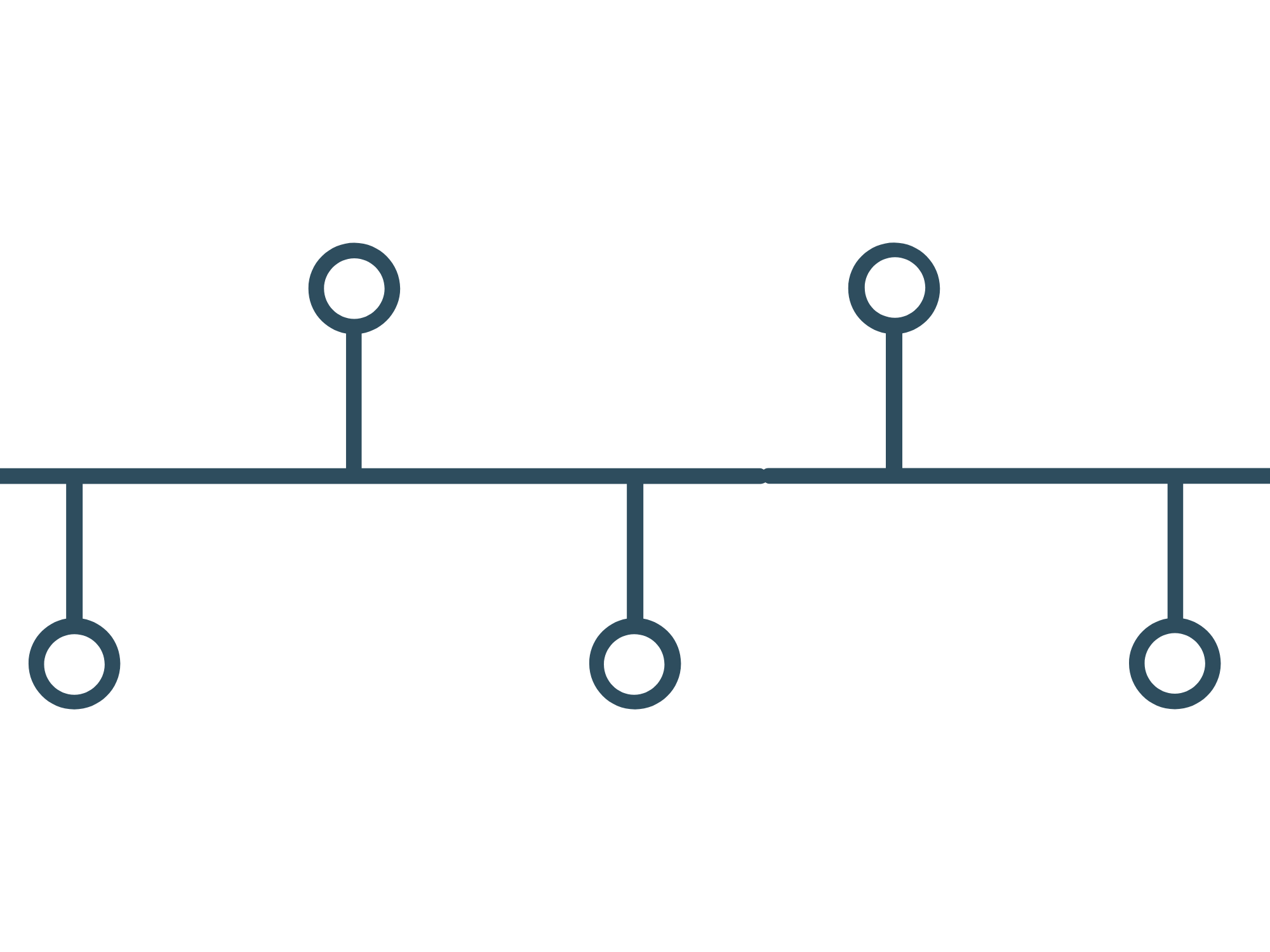Overview of the Strategic Planning Process
Winter 2022:
Initiate strategic planning process
March 2022:
Conduct engagement session with Board and management team
April-August 2022:
Launch engagement sessions with staff, youth and other stakeholders
August 2022:
Develop milestones with program leadership
Winter 2023:
Conduct final consultations and finalize strategic plan
Who was involved in the Strategic Planning Process?:
80 Staff members through 10 in-person sessions facilitated by Jennifer Kelly, Instructor with the Gardiner Centre. Staff members also submitted approximately 30 survey responses.
90 young people were consulted through a combination of paper and online surveys and in-person consultations.
14 external stakeholders, including government and community partners.
How we engaged these Groups:
We engaged an external facilitator for all staff and Board engagements as we wanted to create a safe space for open conversations. All staff sessions, hosted by Jennifer Kelly, focused on five (5) key thematic areas. Managers and Directors were not a part of these sessions.
We provided an opportunity for anonymous feedback. Staff, youth, management, and Board were able to provide feedback via surveys.
In consulting with youth, we emphasized meeting them where they are and compensating them for sharing their lived experience. The Strategic Initiatives team connected with young people on their job sites, during training, and as part of the group sessions to ensure maximum participation. All young people who participated in the process were compensated at a rate of $25/hour.
The engagement process spanned over four months. Our goal was to take our time and ensure we engaged with as many people as possible.
The Strategic Plan needs to be adaptable - just like the process that created it. We developed this plan through a COVID-19 lockdown, a strike, and an increasing affordability crisis. These external factors extended our timeline. Much like the strategic plan itself, the engagement process had to be nimble and adaptive.
The plan will need to be reviewed and revised regularly. We must edit it as necessary to support the changing needs of youth. While our five themes won’t change, our actions might!
What we learned:
One major change that we hear from youth and staff is to better define our expanding age mandate. Based on what we heard, we are happy to be officially expanding our mandate from youth, 16 - 29 to youth and young families, prenatal to 29.
The goal of this change is not that all programs will support this age range, but rather, to better reflect the work that is happening in support of young children through the Family & Support Services team and the Upstream NL team.
Throughout the strategic planning process, we received a multitude of additional feedback regarding our current cultural commitments and our organizational vision statement; some of which included mixed views while other feedback provided insight that we need to continue to develop and redevelop these further. As these are the backbones that drive our work at CFY, we want to further dive into the feedback and continue to explore how to best capture our vision statement and cultural commitments. Over the next six(6) months, we will continue this exploration process and will be consulting with all of our teams to ensure our vision and cultural commitments resonate as we move forward with our strategic plan.

